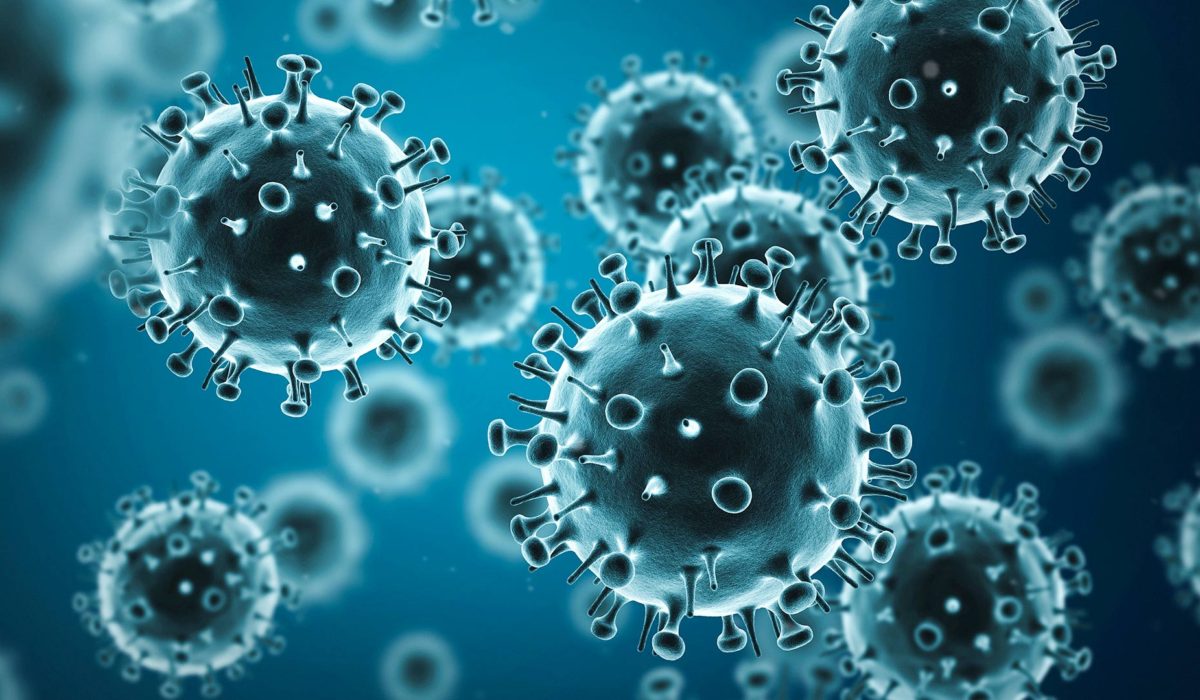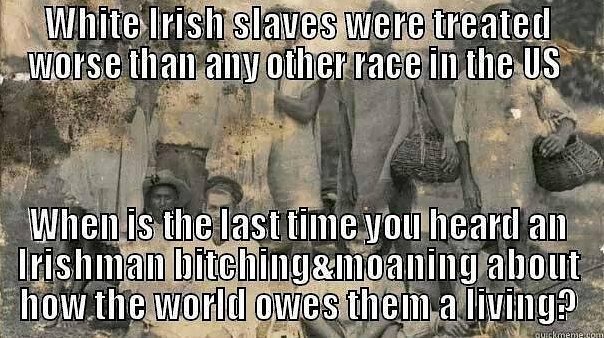Last night I was handed a flyer by a good friend of mine originally written by a respiratory therapist that included some common sense things we can do to combat the Corona virus.
After reading the flyer I realized that many people simply were never taught many of the things that I once considered to be common knowledge. In addition many people are regularly administered treatments (often by medical professionals) that actually prolong or even worsen the flu/virus.
Using this handout as a guide whilst adding additional information I have learned over the years I have compiled a list of 10 helpful things every human should know and understand before making decisions about treating viral symptoms, and even preventing them.
Fevers
Fevers in general are irrationally feared by most people, mostly due to a lack of understanding exacerbated by liability concerns of medical professionals. When you contract a virus your bodies immune system identifies that intruder and destroys it while building specific anti-bodies to combat it better in the future.
The process of your immune system using good cells to attack and destroy the viral cells cause a release of energy. That energy is absorbed by the surrounding tissue and blood as heat thereby causing your overall body temperature to rise above “Normal” this is the root cause of fevers.
Viruses are also EXTREMELY sensitive to heat. The elevated body temperature (Fever) is very effective in killing the virus (even more effective than the immune system) . When we take pharmaceuticals such as Motrin, Tylenol, Advil, Excedrin and so forth we lower our body temperature allowing the virus to live longer while making it harder for our immune system to eradicate the virus.
It also helps to keep your house warm, wear multiple layers or cover up and stay warm. This will reduce the amount of energy your body needs to produce heat in combating the virus.
Obviously we should use common sense and treat a fever that exceeds a “safe” level. I personally never treat a fever with medication unless it is in excess of 103 degrees Fahrenheit and other methods such as a cool shower have failed.
Pharmaceuticals
Remember medications DO NOT in ANY way make you well or cure any viruses! Every medication merely relives or covers up symptoms. In most cases they only serve to prolong or even exacerbate the virus. Most medications cause more overall harm than good when used to treat viruses!
There certainly are specific cases where medication can be helpful in combating a virus but these cases should be the exception and not the norm.
Dehydration
Not drinking enough water and staying properly hydrated during the colder months is the primary cause of contracting viruses. It also greatly contributes to prolonging the course of a virus once contracted. Our cells need fresh water to combat the virus as well as process the waste.
When it’s hot outside everyone universally knows that you are easily dehydrated and should drink plenty of water. In addition viruses do not survive well outside the body in warmer temperatures. Most people do not realize we should be drinking at least the same amount in the winter. Cold temperatures extract nearly as much moisture from our bodies as hot, just consider what happens to uncovered meat in the freezer – it is completely dehydrated on a matter of days plus viruses survive much better in the cool weather.
Gatorade and other similar drinks work well for re-hydration if you are sick. These drinks have small amounts of real sugar as well at electrolytes. If you go to the hospital the first thing they will do is give you an IV with D5W (Sugar Water) and Saline. Gatorade is cheaper and doesn’t require an IV.
Humans are well equipped to defend ourselves from these viruses. We naturally breath through our noses where we have several lines of defense. First we have nose hair, then mucus in our nose and sinuses followed by our tonsils. All of these serve as filters to protect us from bacteria and viruses but they only function properly when we are well hydrated. When you do not drink enough water and your nose is dry viral cells are not filtered out and go straight to your lungs where it is very easy to enter the bloodstream.
Mucus is our primary filter. It’s sticky consistency filters out most naturally occurring contaminates such as viruses, The mucus ultimately ends up in our stomach where it is very difficult to enter the bloodstream. Most contaminates and all viruses that I am familiar with are easily killed by our stomach acid and processed as waste.
Help Your Body Fight
We were not intended to be primarily indoor creatures and we were certainly not intended to eat primarily processed and pre-packaged foods. Most people should be taking some basic supplements at ALL times. Vitamin D, Vitamin C, Zinc and Magnesium are the most important in my opinion. This can generally by accomplished with a simple multivitamin once a day. I doubt you will notice an immediate change but when you look back over the course of the year you will notice a trend of better overall health and far fewer sick days.
We all should eat considerably healthier on a regular basis but this is exceptionally important when we are sink. Our bodies have an amazing ability to heal themselves if we provide the nutrients necessary.
Keep Moving
This is one of the most important things we can do once we are sick. Move around, this keeps your blood circulating and helps to oxygenate your body. Keep your lungs moist – Take hot showers and breathe in as much steam as possible. Take repeated deep breaths. Chewing mint gum can help with bronchial dilation. Laying around in bed or the hospital is the primary cause of pneumonia. Try coughing into a moist towel, this helps break up phlegm in your lungs.
If anyone has addition tips please leave them in the comments and I will attempt to incorporate them into this blog

